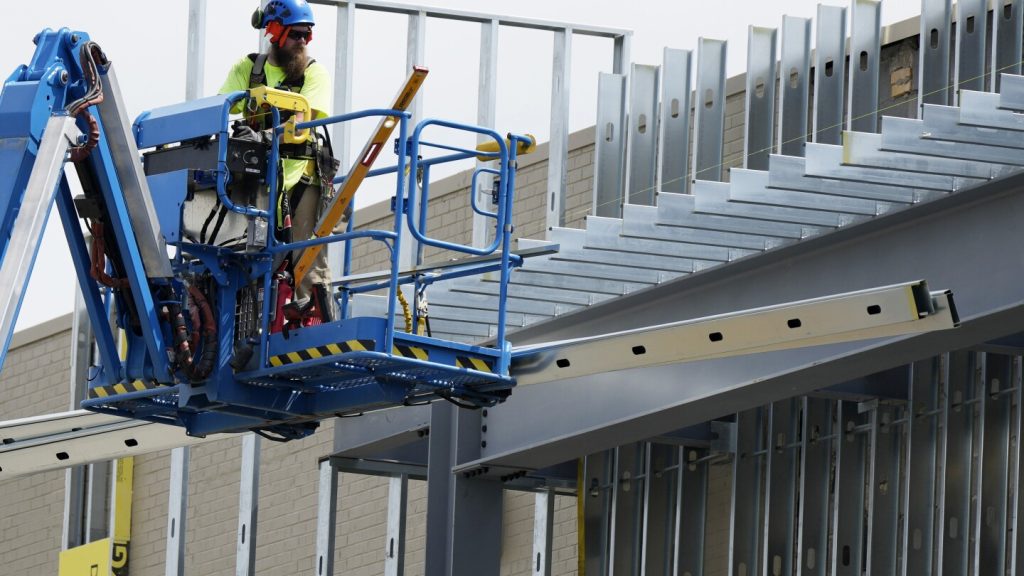The U.S. economy grew at a healthy 3% annual pace in the last quarter, according to an upgrade by the Commerce Department. This was an increase from the initial estimate of 2.8% and a significant acceleration from the 1.4% growth rate in the first quarter of 2024. The growth was driven by strong consumer spending, which accounts for about 70% of economic activity, rising at a 2.9% annual rate, and business investment that expanded at a 7.5% rate, with a significant jump in investment in equipment.
Despite the pressure of high interest rates, the economy remains resilient, as reflected in the latest report. Consumer confidence in the economy has shown an uptick, with many Americans still facing high prices, even though inflation has decreased from its peak in mid-2022. Economists like Bill Adams of Comerica Bank have commented that the GDP revisions show a healthy economy in mid-2024, with solid growth in consumer spending propelling the economy forward.
The latest GDP estimate for the April-June quarter also showed that inflation continues to ease but remains just above the Federal Reserve’s 2% target. The PCE inflation gauge rose at a 2.5% annual rate in the last quarter, a slight improvement from the first quarter. This slowdown in inflation has led the Fed to consider cutting its benchmark interest rate in order to achieve a soft landing, maintaining a healthy job market while curbing inflation and avoiding a recession.
The Fed has raised its benchmark interest rate 11 times in 2022 and 2023, helping to decrease inflation from a peak of 9.1% to 2.9% as of last month. Despite initial concerns that these rate hikes could cause a recession, the economy has continued to grow, with employers continuing to hire. Chair Jerome Powell has declared victory over inflation, and the Fed is likely to start cutting interest rates at its next meeting in mid-September, with the goal of supporting the job market and ensuring economic stability.
The Commerce Department’s second estimate of GDP growth in the April-June quarter is part of ongoing efforts to track the health of the U.S. economy. The final estimate will be issued late next month, offering further insights into the state of the economy leading up to the November presidential election. With consumers, businesses, and policymakers closely monitoring economic indicators like consumer spending, inflation, and interest rates, the performance of the economy in the coming months will play a significant role in shaping the political and economic landscape of the country.


